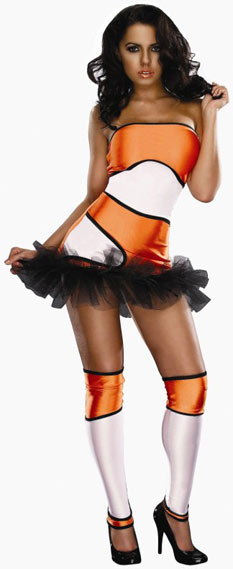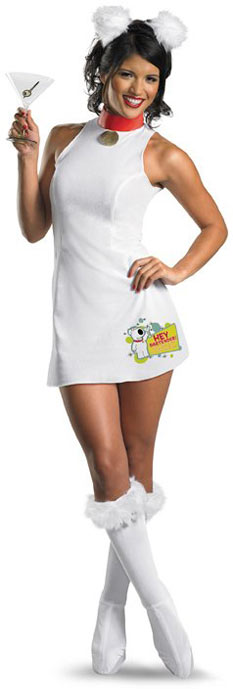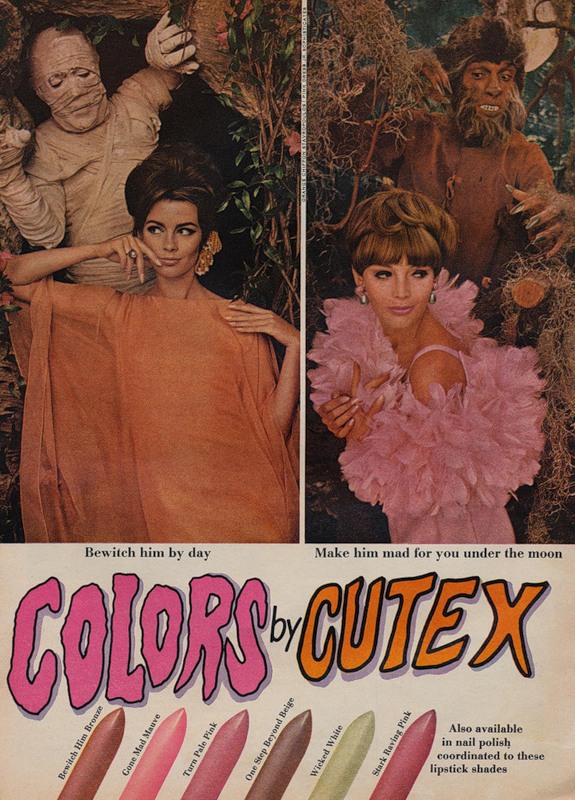J.S. sent along the following mind-benders.
Sexy Chuckie:
Sexy Nemo:
Sexy Brian (a talking male dog) from The Family Guy:
Sexy Crayon:
The sexy Nemo is my favorite.
Lisa Wade, PhD is an Associate Professor at Tulane University. She is the author of American Hookup, a book about college sexual culture; a textbook about gender; and a forthcoming introductory text: Terrible Magnificent Sociology. You can follow her on Twitter and Instagram.









